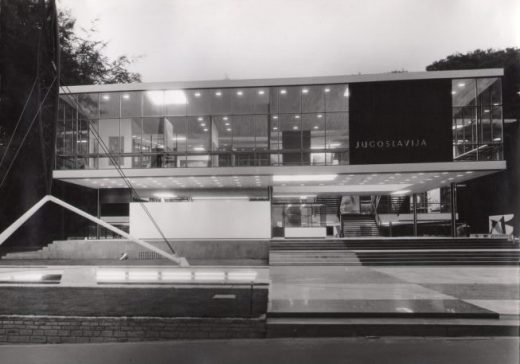Revisiting the architecture of socialism
If you’re looking for a vivid picture of the complex relationship between the internet, history, and the real world, look at Yugoslavia’s spomeniks (monuments). Built after World War II, sometimes to commemorate the anti-fascist struggle, they’ve gained international prominence thanks in part to the internet’s many fans of Brutalism (prompting critics to describe some media stories as “concrete clickbait“).
But this summer, the architecture of socialist Yugoslavia, including its monuments, gets a closer and more nuanced look in Toward a Concrete Utopia: Architecture in Yugoslavia, curated by Martino Stierli, MoMA’s Anna Kats, and Florida Atlantic University’s Vladimir Kulic.
“[These] monuments were really, really important in the construction of an overarching common history of Yugoslavia, in that they commemorated the anti-fascist struggle of the partisans in World War II, and that they commemorated the many, many thousands of victims of fascism in concentration camps,” Stierli said on stage at a livestreamed press conference this week. “That traumatic experience became the foundational myth of postwar Yugoslavia, and in that sense, these monuments have a very specific social function.”
Starting in the 1950s and continuing into the ’80s, Yugoslavia experienced a huge building boom, driven both by the housing shortage and rapid modernization. The architecture that resulted–from large-scale city making to mass housing to infrastructure to the spomeniks–was often radical, and unlike anything else being built at the time. The buildings were a reflection of the Yugoslav experiment itself: A federation of diverse groups united under a new vision for an anti-fascist, socialist state. As part of the show, MoMA commissioned new photographs of a range of notable buildings from the photographer Valentin Jeck, including a number of the newly internet-famous spomeniks but also aging works of uniquely Yugoslavian modernism.
“We were very careful of trying to bring back the information on what these monuments were devoted to,” Kulic added on stage. “Because, especially in today’s political moment, the fact that we’re dealing with a huge body of work that commemorated anti-fascist struggle . . . we wanted to highlight the fact that decontextualizing and wiping out history is something that’s really quite problematic.”
The show’s subject does feel strikingly contemporary. Socialism is gaining political momentum. Architects are reckoning with their own relevance in the political sphere. And the housing shortage is hitting many cities harder than ever before.
Socialist Yugoslavia invested heavily in housing and infrastructure before the state broke up in the early 1990s, and as Stierli and Kulic point out, much of the architecture of that era is still an important part of the region’s social and physical infrastructure. The wildly futuristic National Library of Kosovo–which once housed wartime refugees during the breakup of the country–is still the national library today. An entirely new, mixed-use, walkable neighborhood for 50,000 transformed the Croatian city of Split. Many spomeniks are still in use and are being renovated, and as Equal Times recently noted, interest in the monuments is spurring international tourism. The utopian architecture of former Yugoslavia, in other words, has evolved right along with the people.
“I notice, more and more with great concern, that architecture in our part of the world is becoming a luxury commodity for glossy magazines, and I think architecture as a discipline, as a contribution to cultural production, can only thrive if it is part of a larger social project,” Stierli added on stage. “And Yugoslavia, in an exemplary way, shows how architecture was employed, and could be employed, for the construction of a utopian project of a society that socialist Yugoslavia was essentially about.”

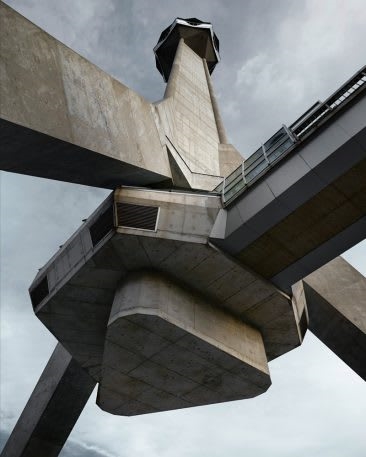
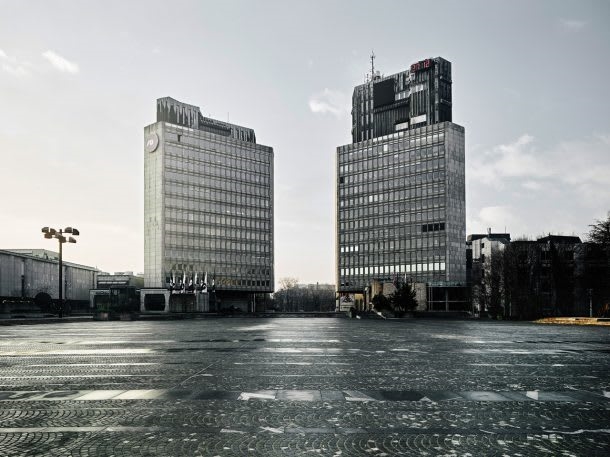
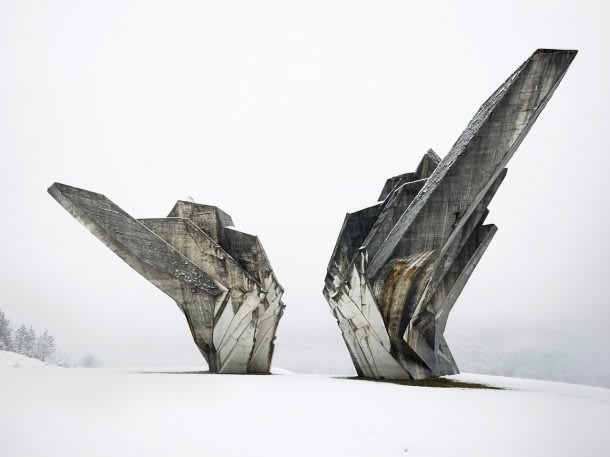
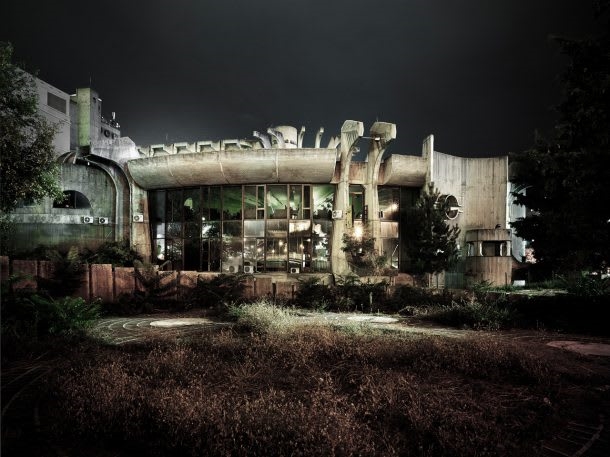
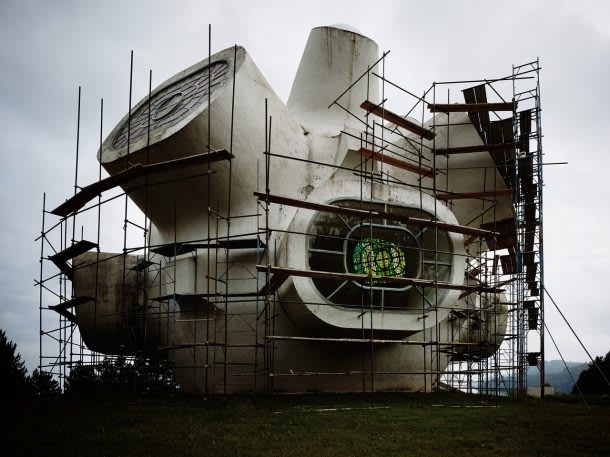
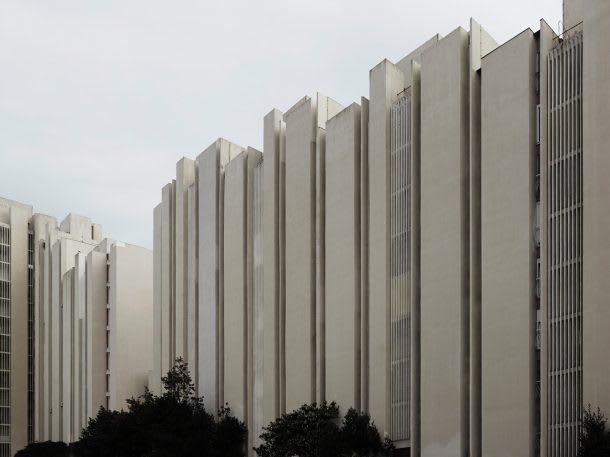
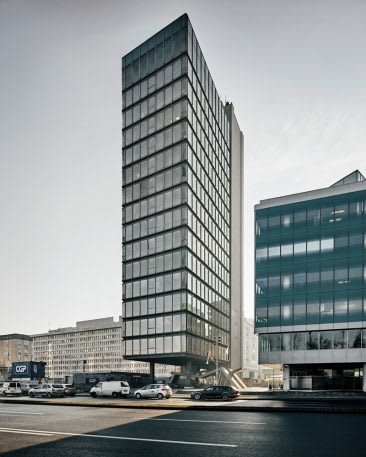
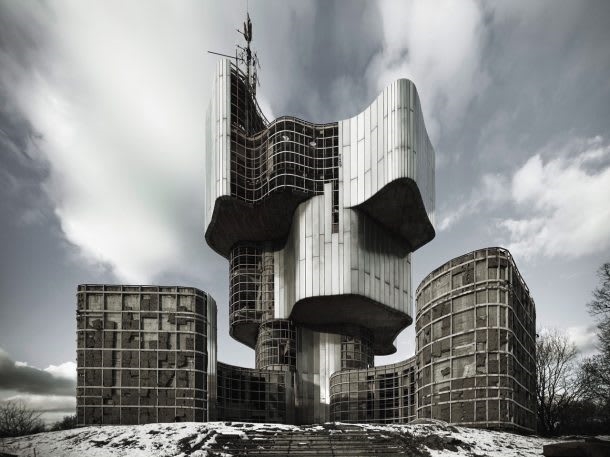
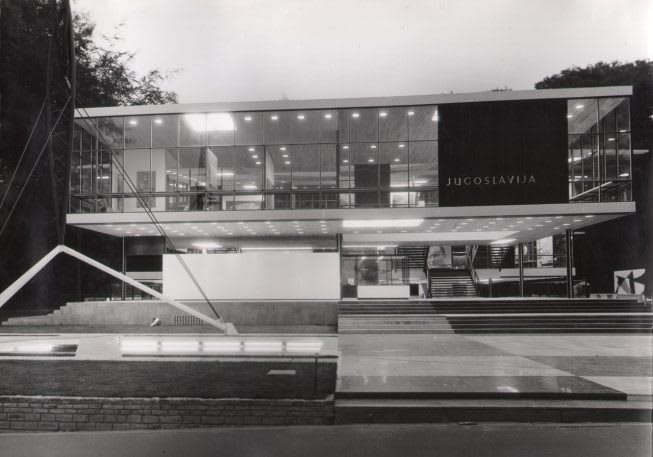
(33)

